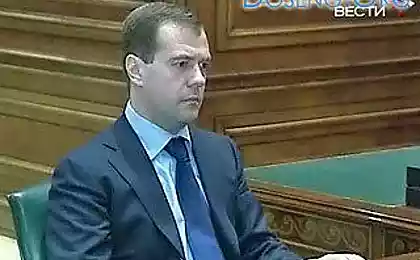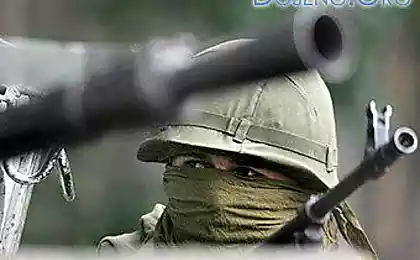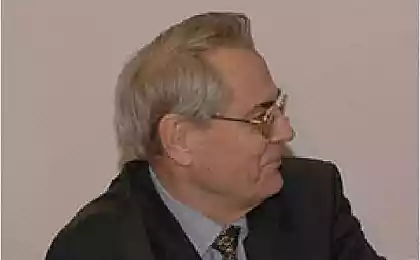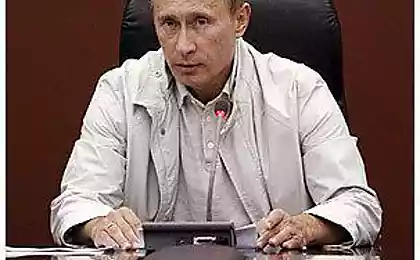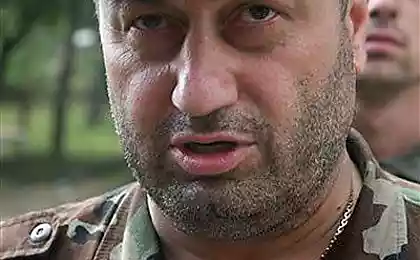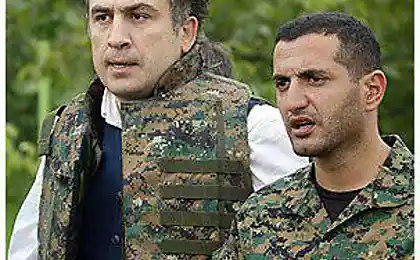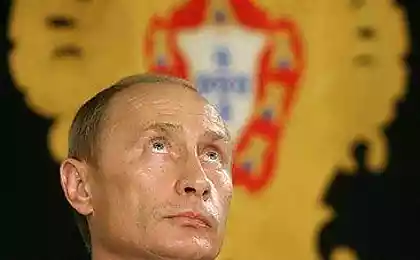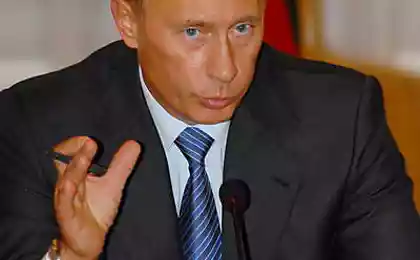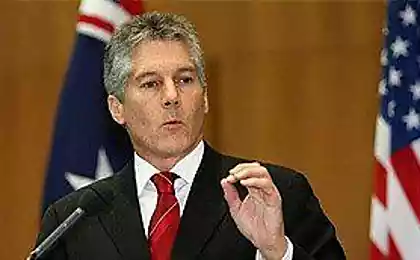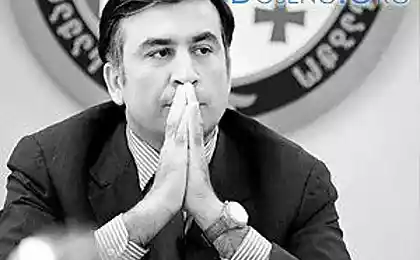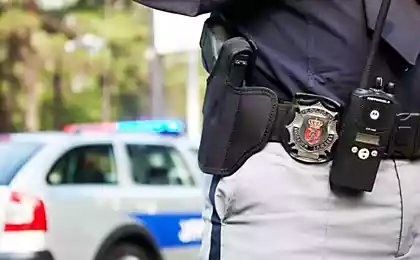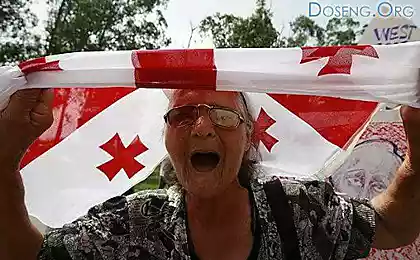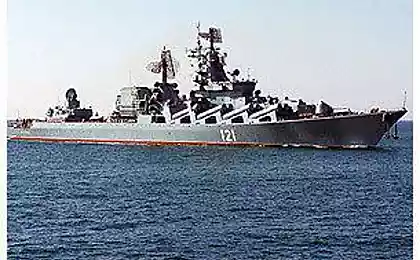1974
Background Georgia and South Ossetia

The standoff between Tbilisi and Tskhinvali is rooted in the distant past. The beginnings of the conflict emerged in the 20-ies of XX century, after South Ossetia by volitional was transferred to Georgia.
The standoff between Tbilisi and Tskhinvali is rooted in the distant past. The beginnings of the conflict emerged in the 20-ies of XX century, after South Ossetia by volitional was transferred to Georgia.
In April 1922, a decree of the Central Executive Committee and Council of People's Commissars of the Georgian SSR on the national and state demarcation of Transcaucasia was created South Ossetian Autonomous Oblast. However, as noted by historians, the autonomy of South Ossetia wore largely nominal. The Georgian leadership pursued a policy of assimilating it - Ossetians were forced to document changes his nationality, Ossetian geographical names were changed to Georgian.
In 1939 the Ossetian written language is based on the Latin alphabet, was translated into Georgian alphabet, Ossetian schools had been taught in the Georgian language. At the same time the Ossetian writing in North Ossetia has been translated into Cyrillic. As a result, a single Ossetian nation was artificially divided into two parts - "South Ossetians" and "North Ossetians».
In the late 1980s, began to rise in Georgia nationalist movement that advocates the elimination of autonomous entities within the Georgian SSR. In order to protect the rights of South Ossetia and the establishment of constitutional guarantees of autonomy November 10, 1989 South Ossetian deputies decided to transform the autonomous region in the autonomous republic. However, the Presidium of the Supreme Soviet of the Georgian SSR canceled it deemed unconstitutional.
After 13 days, November 23, 1989. Participants Georgian nationalist movement led by Zviad Gamsakhurdia made a trip to the capital of South Ossetia. Thousands of demonstrators column (estimates vary from 30 to 60 thousand people) on more than 400 buses and cars from Tbilisi and other Georgian cities came to Tskhinvali. Officially, the event was presented as a peaceful rally, but among the participants of the tour were a few hundred militants armed with assault rifles. To defend the city fell into the entire male population of Tskhinvali. Unable to enter the city, the marchers circled him, taking in the ring. The blockade lasted for four months, during her more than 400 people were injured, six were killed.
In 1990, Georgia has officially refused to recognize the basic legal norms relating to its status as a part of the USSR, that is adopted after the 1921 South Ossetia, in turn, took advantage of the situation and declared sovereignty, arguing that until 1922, its territory not part of Georgia.
This situation did not suit Georgia, to power which in the same year came in nationalist parties and movements. Chairman of the Supreme Council of the Georgian SSR was elected chairman of the Helsinki Group of Georgia, head of the association "Round Table - Free Georgia", Zviad Gamsakhurdia.
The situation has worsened considerably since the December 9, 1990. elections to the Council of People's Deputies of South Ossetia, on the organization of which was made not in Tbilisi and Tskhinvali. The next day, December 10, Georgia took retaliatory steps: the Supreme Council of the Republic abolished the South Ossetian Autonomous Oblast, including its area of Georgia on the same basis.
December 11, 1990 on one of the central streets of the city of Tskhinvali, there were clashes in which three people were killed and two others injured. This led to the introduction in the city and the Java (now - Dzausky) district of the state of emergency and curfew.
In the night of 5 to 6 January 1991 the government of Georgia has put into Tskhinvali police units and the National Guard. Riots broke out, which resulted in the ousting of Georgian troops from the South Ossetian capital. The standoff between Tbilisi and Tskhinvali reached a new level.
January 29, 1991 Chairman of the Supreme Council of South Ossetia Thorez Kulumbegov was invited for talks with the Georgian leadership in Tbilisi. Upon arrival in the capital of Georgia it directly from the home government of the Republic was taken to jail. February 1, 1991 the Union of Independent Energy of Georgia has disabled power supply South Ossetia.
March 23 held a joint meeting of deputies of councils of all levels of South Ossetia, which was made a turn towards a return to the status of an autonomous region. Committee formed to normalize the situation in South Ossetia.
May 4, 1991 meeting of deputies of all levels of South Ossetia decided to abolish the South Ossetian Soviet Republic formed after the declaration of sovereignty, and return to the status of an autonomous region.
May 26, 1991 in Georgia held a presidential election, the head of state was elected chairman of the Supreme Council of Georgia, Zviad Gamsakhurdia.
Meanwhile, the bloodshed in the conflict zone increased. By 8 June 1991 the number of burned Ossetian villages reached 70. The number of victims of the conflict with 6.1.91. on 09.01.91 reached 209 people, 460 civilians were wounded another 150 missing. Huge sacrifices were made by citizens of Georgia residing in the villages in the conflict zone and have been the object of revenge for the South Ossetian population. Many Georgians were forced to leave their homes and flee to the territory of Georgia.
September 1, 1991 session of the Council of People's Deputies of South Ossetia canceled the decision of the meeting of deputies of all levels of 4 May 1991 as legally incompetent and led to stabilization abolished unconstitutional body - the Assembly of Deputies of all levels and restored the status of a republic, received a new name - the Republic of South Ossetia .
January 19, 1992 in South Ossetia held a referendum on independence. Over 98% of persons who took part in the vote in favor of independence.
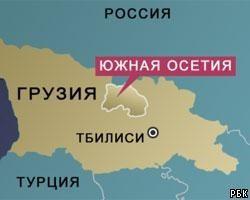
In February 1992, the Georgian artillery and armored vehicles located around Tskhinvali, began intensive shelling of residential areas of the South Ossetian capital. The shelling continued until July 13, 1992. As a result, hundreds of civilian deaths.
March 8, 1992 as Chairman of the State Council of Georgia Eduard Shevardnadze returned. In this case, the blockade and night shelling Ossetian settlements in South Ossetia, only tougher.
May 20, 1992 near the Ossetian village of Zar Georgian gunmen shot at point-blank column of women, children and the elderly among civilians guides on the bypass road Tskhinvali - Dzau in North Ossetia. On the spot killed 36 people aged 11 to 76 years.
May 29, 1992 the Supreme Council of the Republic of South Ossetia adopted the Act on State Independence.
June 24, 1992 in Sochi signed a quadripartite Russian-Georgian-Ossetian (North and South Ossetia) Agreement on principles of settlement of the Georgian-Ossetian conflict.
July 14, 1992 in South Ossetia included mixed Russian-Georgian-Ossetian peacekeeping force, and then ended the period of open military confrontation.
August 31, 1992 took place the adoption of the Memorandum on the borders of South Ossetia.
November 2, 1993 regular session of the Supreme Soviet adopted the Constitution of the Republic of South Ossetia. A 5 May 1995 was adopted by the national anthem.
November 10, 1996 in South Ossetia held its first general elections of the president. They became the rector of the South Ossetian State University, Doctor of History, Professor Ludwig Chibirov.
May 12, 1999 in the country held national elections of Parliament, the Speaker is elected chairman of the Communist Party of South Ossetia Stanislav Kochieva.
April 8, 2000 by referendum adopted a new Constitution of South Ossetia. South Ossetia became a presidential republic.
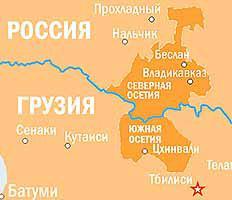
November 10, 2001 - the second presidential election. As a result of the popular vote was elected President of South Ossetia sales representative in Russia in the rank of Minister Eduard Kokoity.
May 24, 2004 parliamentary elections, the most votes won the Republican political party "Unity».
November 16, 2006 presidential elections took place and a referendum on independence of South Ossetia. Majority of votes for president re-elected Eduard Kokoity. Also, the majority of voters in a referendum confirmed the policy of independence, the first definition of the people in a national referendum in 1992.
At present, the political status of South Ossetia remains uncertain. Self-proclaimed republic is not recognized by the international community, and the official Tbilisi considers South Ossetia Tskhinvali region of Georgia, but does not actually control it.




